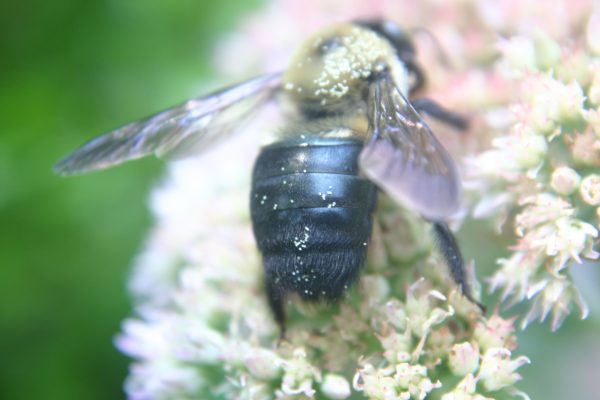Japanese Beetle – Timing Insecticide Application
Q: I bought a product containing halofenozide to kill white grubs , hoping it will reduce our infestation of Japanese beetles. The instructions for application say that timing of the application is important, but then says to contact your local expert for proper timing. Can you tell me when I should be putting this down? Is there a certain soil temperature that I should watch for?
A: I salute you for knowing that soil temperature may affect the date when a pesticide should be applied. It does in your case too, but not in the way you might think. Halofenozide (Grub Stop, Mach 2, etc) accelerates the “molting” of a grub’s skin. Grubs do this several times in their lives. This chemical is most effective on young grubs that have only molted one or two times.
So to answer your question, the best time to apply it is right after beetle eggs are laid. In Atlanta, that window is mid-June to mid-July. Applying the poison now doesn’t make sense because only mature grubs are present. Likewise, spreading it in fall would be after the white grubs have molted three times.
Personally, I like products like yours that only affect white grubs and are not “broad-spectrum” insecticides applied to a lawn where children might play. Remember, though, Japanese beetles can fly in from your neighbor’s lawn so you’ll never get one hundred percent control.














